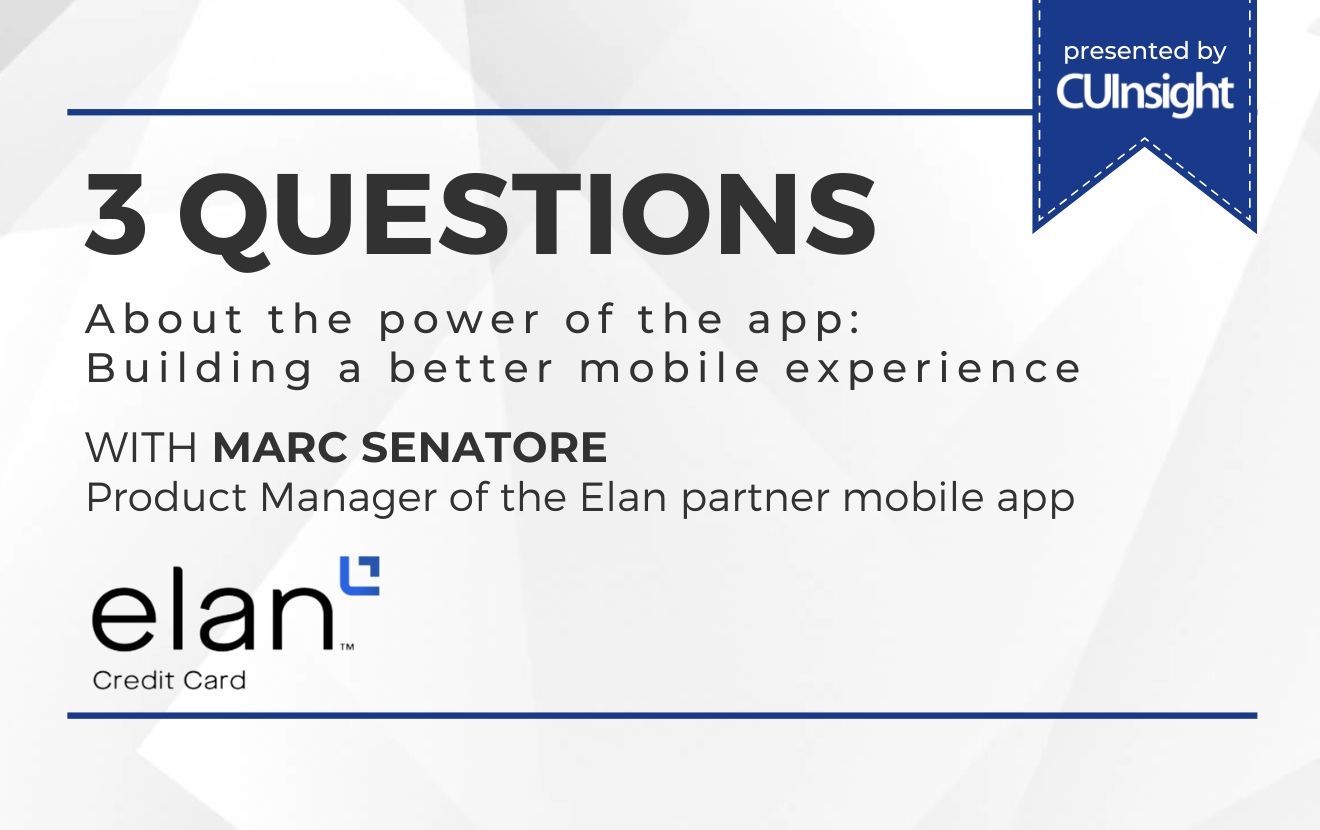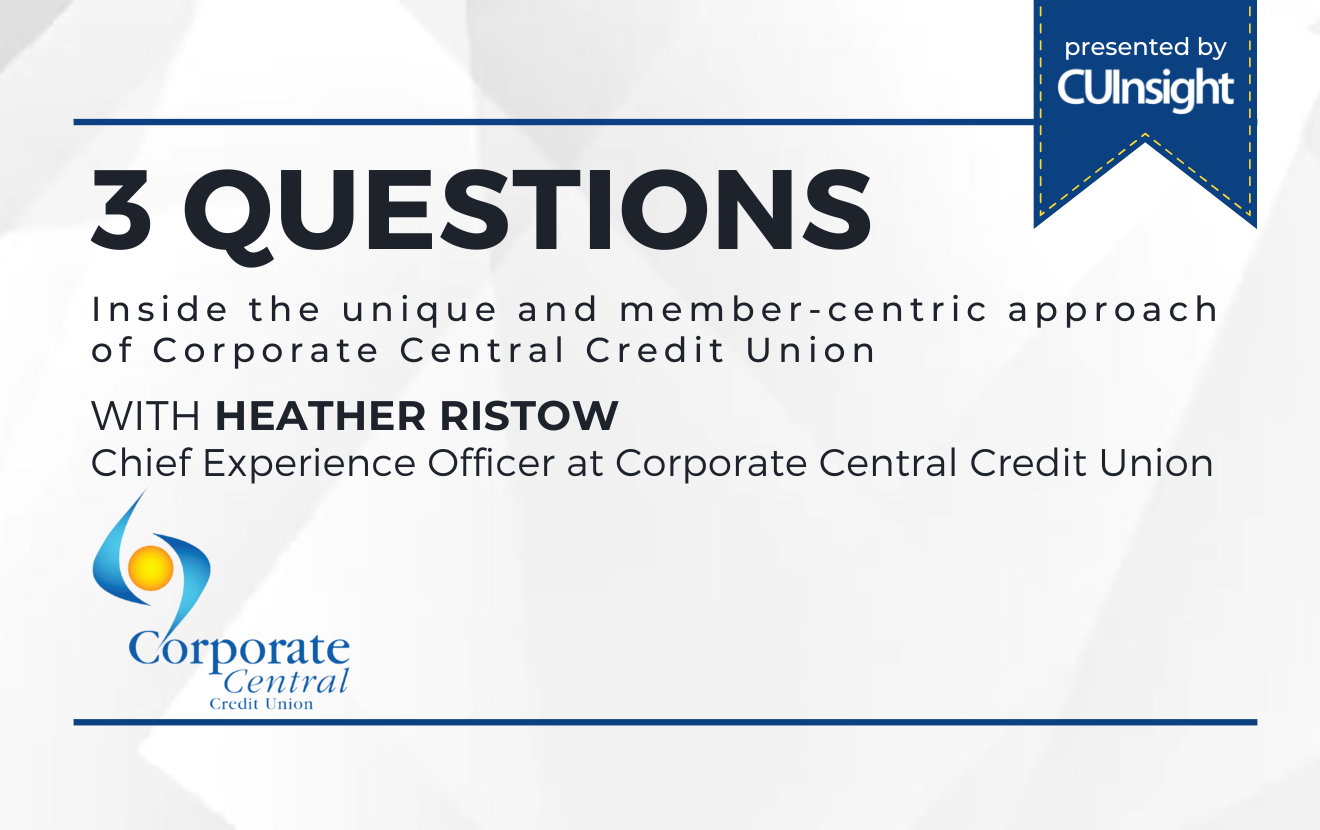This past year is widely seen as the time when everyone’s lives got at least a little more digital. The importance of undergoing a “digital transformation” has been recognized for years, even by credit unions that weren’t quite ready to tackle it. But closed doors and shelter-at-home mandates radically accelerated adoption and meant those who hadn’t gone digital yet had no choice but to dive in.
Once consumers tried digital banking, a recent survey from Forrester1 found two things:
- They planned to keep using digital banking—59% of respondents said they’d keep using this tool, even when stay-at-home restrictions were lifted.
- They didn’t give digital solutions good ratings across the board—for instance, online customer support had a net satisfaction level of just 29%.
That first finding isn’t too surprising: Once someone’s discovered 24/7, anywhere convenience, they’re likely to continue to use it, at least some of the time. But the second? That tells us something important: The demand for digital is sufficiently strong that consumers are willing to put up with less-than-great resources to get it.
Which means credit unions have an opportunity—and an obligation—to improve the digital experience. And part of that improvement should include creating a seamless experience between digital and the rest of your channels.
The pain of the channel switch
Anecdotal evidence suggests a lot of dissatisfaction with digital comes at a critical moment: When a member moves from one channel to the next. What bugs members most about those moments? Starting over again. Sharing their story (and/or personal information) multiple times—and still not being able to get their problem solved.
There can be a tendency to see each channel as a one-stop-shopping event: A member chooses to fill out an online application OR uses chat OR contacts the call center. The truth is that a member might not only need, but want, to use every one of those channels to manage a task.
Consider a life insurance purchase. At CUNA Mutual Group, we’re rightly proud of the fact that a member can buy TruStage life insurance on a digital device, in minutes, start to finish. When a member can handle that transaction completely online and without help, we pat ourselves on the back. But how about when a member isn’t sure how to answer one of the online application questions and stops to contact the call center? Is that call a sign we’ve failed?
The answer is “no”—if that member called, was guided through the rest of the process by a friendly, knowledgeable agent, was able to make use of information they’d already provided and ended up with the protection their family needed. That was a successful experience because the member could easily access multiple, interdependent channels, when they wanted to use them, and accomplished their goal. We helped protect another family and put them on the path to a brighter financial future.
A quick side note: While we want members to be able to switch channels if they want to, it’s our job to ensure they never have to. If website language isn’t clear, make it clear. If instructions are clumsy or it’s hard to find a button, revisit verbiage or page design.
The secret to learning what members need? Data.
How to learn where members are getting stuck or frustrated? Data. Credit unions have access to a lot of it, but data quantity isn’t what matters, it’s what you do with the data. Your ability to quickly and efficiently turn data into insights, insights into tests and tests into features and products is what will speed up your ability to improve the experience for your members. Assess your current data collection and analysis protocols. Can you learn where members leave the digital process and whether they move to another channel or simply give up?
Trust is critical, regardless of the channel
Members trust credit unions with a lot of data and most credit unions have earned that trust. Unfortunately, the market as a whole—not specifically the financial services industry—hasn’t done a great job managing data security and privacy. That’s put governing bodies in a position where they needed to act (e.g., the California Consumer Privacy Act or General Data Protection Regulation in the European Union) and has made it more challenging for credit unions to deliver member-preferred channels and services while staying compliant.
Build in safeguards for data integrity and compliance and make them visible to the member.If members are crossing from one channel to another, look for opportunities to seamlessly share data in a way that protects data security and reassures the member.
Ready to deliver a robust, channel-less experience? You don’t have to go it alone
While your credit union and members are unique, nothing your credit union is encountering on the digital front is completely new. Don’t waste time and energy trying to refine efforts on your own or managing the fixed costs of running big data alone. Lean on the market, the experts and your partners. We’re here to help erase the lines between channels and make every member connection easier and more satisfying.







